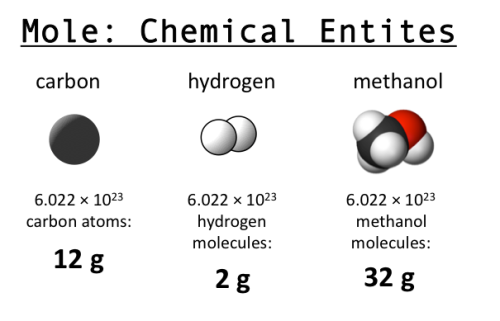Back on stage at the Adult Spelling Bee
April 17th, 2011 at 10:30 pm (Vocabulary)
Today featured another fun, adrenaline-pumping time at the Bay Shore Church in Long Beach, during which ~35 contestants gathered to try to spell each other into oblivion. The National Adult Spelling Bee awards $500 to the winner and $500 to the charity of their choice. This time I was joined by friends Evan and Sam, which made it even more enjoyable!
Last time I made it to round 18 before failing to spell “latkes”. This year I managed to spell the following correctly:
- dynamic
- demographic
- hypothesis
- disaffiliate
- discomfit
- flaccid
- myrmidon
- zydeco
- jejune
- nudnik
- abscissa
At that point, we were down to four spellers left. I misspelled “vizsla” (?!), but the three others remaining also failed to spell their words correctly, so we all survived to the next round. I then promptly misspelled “boustrophedon” (as “boustrephedon”) and the woman after me misspelled “oriflamme” (argh, I knew that one! :) ), so we tied for third place. (Boustrophedon describes a piece that is written right-to-left and left-to-right in alternating lines. Vizsla is some kind of dog breed. Aie!) The two remaining spellers duked it out for a few more rounds until Janice Davis (a returning 2008 champ) won over Nicholas Kuefler (an amazing speller from Georgia). The words by that point were bordering on ludicrous; the organizers were having trouble just pronouncing them. Good job, Janice and Nicholas!
Once again I must comment on the luck factor involved in single-elimination spelling bees. Here are some words, assigned to other spellers, that I would have misspelled if they’d been given to me:
- emolument: a salary, fee, or profit from employment
- pullulate: to breed or spread so as to become very common
- vinaceous: of the color of red wine
- jodhpurs: trousers for horseback riding
- neoteny: the retention of juvenile features in the adult animal
- chiliast: same as “millenarian” (a Christian belief)
- ecesis: the successful establishment of a plant or animal species in a habitat
- clerihew: a short comic or nonsensical verse, typically in two rhyming couplets with lines of unequal length and referring to a famous person
- monadnock: an isolated hill or ridge
How would you do? I know many people reading this are excellent spellers!
So many words to learn. Such a fun event! I’m glad I got a chance to participate again.




